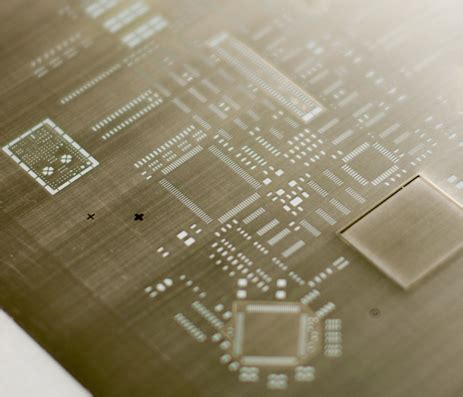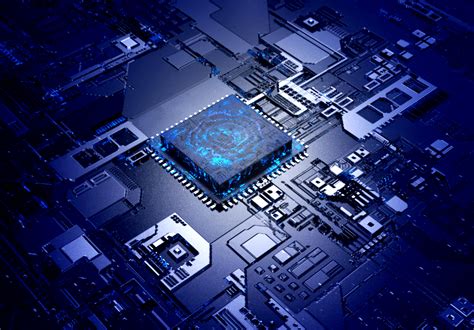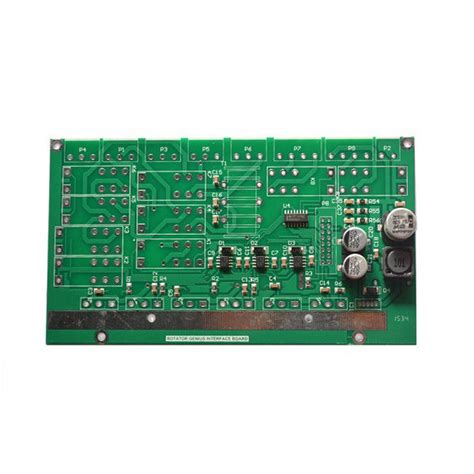Differential signal
What is differential signal
Differential transmission is a signal transmission technology. Different from the traditional method of one signal line and one ground line, differential transmission transmits signals on both lines. The amplitudes of the two signals are equal, the phases are 180 degrees apart, and the polarities are opposite. The signal transmitted on these two lines is a differential signal.
Difference between differential signal and single-ended signal
Single-ended signal refers to a signal transmitted by one line. How can there be a signal without a reference point on a line? The reference point is the ground. In other words, a single-ended signal is the level difference between the ground and the signal transmitted on a wire. So when you transmit the signal from point A to point B, there is a premise that the ground potential of point A and point B should be almost the same.
Differential signal refers to a signal transmitted by two lines, which transmits the level difference between the two signals.
When you transmit the signal from point A to point B, the ground potential of point A and point B can be the same or different, but there is a range of ground potential difference between point A and point B. If it exceeds this range, there will be problems.

A differential signal is a signal that represents the difference between two physical quantities using a single value.
Strictly speaking, all voltage signals are differential because one voltage can only be measured relative to another voltage. In some systems, the system ground is used as a voltage reference. When ground is used as a voltage reference, the signal arrangement is called single-ended. We use this term because the signal is represented by the voltage on a single conductor.
A differential signal, on the other hand, is applied to two conductors.
The signal value is the difference in voltage between the two conductors. Although not strictly necessary, the average values of the two voltages will often be the same. A way to compare a differential signal is to think of two people on a seesaw. When one person is moved up, the other person is moved down – but their average position remains the same. Continuing with the seesaw analogy, a positive value would mean that the person on the left is higher than the person on the right, while a negative value would mean that the person on the right is higher than the person on the left. 0 would mean that both people are at the same level. The two seesaws are represented by a pair of wires labeled V+ and V-. When V+>V-, the signal is defined as a positive signal, and when V+
Advantages of differential signals
Advantage 1: Compared with single-ended signals, differential signals reduce potential electromagnetic interference (EMI). Using differential transmission, the peak-to-peak voltage of the signal will be doubled, but the current on a single line remains unchanged. If the traditional single-line transmission method is used, it is easier to cause EMI problems when driving the same signal.
Advantage 2: The value of the differential signal is largely independent of the precise value of the “ground” and can resist power supply interference very well. In a system with a ground as the reference and a single-ended signal solution, the precise value of the measured signal depends on the consistency within the system. The farther the signal source and the signal receiver are, the greater the possibility of a difference between their local ground voltage values. The signal value recovered from the differential signal is largely independent of the precise value of the ground, but within a certain range. If both signals receive the same (same direction, equal amplitude) interference signal, the interference signal will be basically offset because the receiving end performs subtraction processing on the received two-line signal. That is to say, the input effective signal amplitude of a differential amplifier only needs a few millivolts, but it can remain indifferent to a common-mode signal of up to several volts.
Advantage 3 each signal in the differential pair has its own return path, which can reduce the impact of signal cross-splitting. The impact of single-line cross-splitting on the transmission line is great, and the cross-splitting of differential line pairs is not so sensitive. The main reason is that the two lines of the differential pair can refer to each other, and the two lines can serve as return paths for each other.

How to handle differential signals when doing PCB design
Generally, when we do PCB design, we usually add “+” and “-” or “P” and “N” to the end of the signal name of the differential signal as an identifier in the hardware naming. You can identify differential signals by naming. Conventional differential signal processing methods are:
- The differential signal routing needs to be coupled, that is, the two signal lines are close together during PCB design, and separate routing is not allowed.
- The two signal lines of a pair of differential signals need to be equal-length processed, and the equal-length range is 5mil. The equal length does not need to be smaller. There is simulation verification that the equal length range is less than 5mil (1mil) and does not greatly improve the signal quality. The location of the equal length processing is selected where the length error occurs, and the equal length needs to be processed with a small wave.







